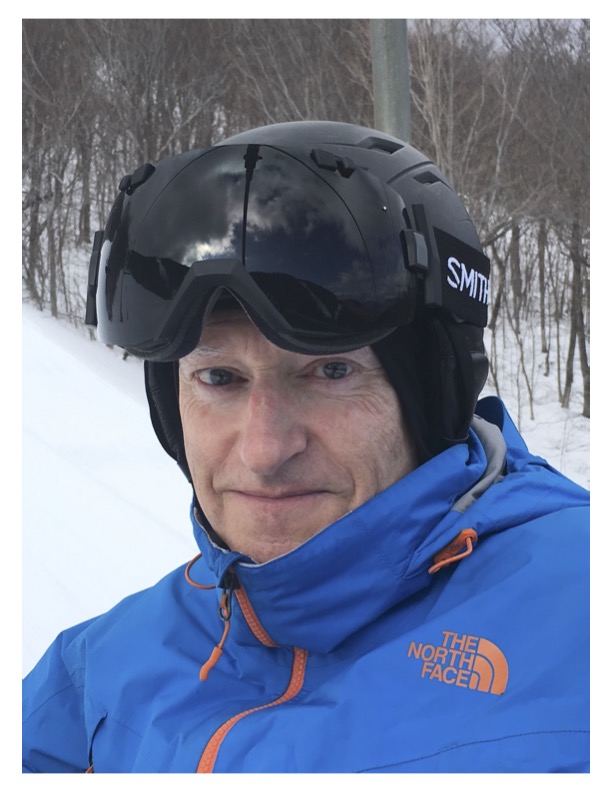When we hear expert analysts during the Winter Olympics commenting on a particular racers’ technique, it’s usually about pressure management and edge angle while racing on ice. Here in the East, racers are frequently exposed to ice. They need a solid technique to succeed on ice.
After learning to ski out West and having never before skied on ice, I was asked to ski a figure-eight pattern on a pond of ice at the top of Belleayre Mountain in a PSIA clinic. I remember the experience vividly. Two skis, four edges, flat ice. I will never forget how it heightened my senses.
My own plan for Alpine racers, based on our Dry Land Training Program, focuses on this topic, one of the greatest psychophysical challenges for racers — the fear of ice. The more racers practice specific tasks that prepare mind and body for ice, the more confident they will be. Having confidence on ice can be achieved. Recall our results from icy conditions at the recent Winter Olympics?
I believe we can help our kids get over their fear of ice in a controlled and safe environment, away from the mountain. I’m suggesting periodically taking our skiers and having them ski figure-eights, either indoors on an ice skating rink or outdoors wherever they can find a shallow frozen pond of ice. They need to get their skis onto a flat surface covered with ice and start by regularly performing 5 to 10 minute practice periods of gentle figure-eights. This is one task that directly relates to that small subset of skills which directly prepare for racing. When presented with the idea, most think it can’t be done. Fear is overcome by proving it can be done. Skill and confidence are gained if practiced regularly. This activity, skiing on ice, demands a precise blending of physical sensitivity and a relaxed mental focus to execute. Just attempting it takes courage.
When racers approach the starting gate, they need confidence in their ability to be precise with the edge angles and the pressure needed to keep two sharp skis on an optimum path for their level of skill in all conditions. Having to speed up or slow down on ice is very difficult. The goal is to get the tails to follow the tips, in the correct arc-line while maintaining a constant speed with the option of accelerating, if possible. A figure-eight pattern on ice demands a low edge angle with precise location and intensity of pressure coupled with precise directional movement. The blend of changing the shape and speed of the figure-eight pattern will be the biggest challenge.
Being Eastern racers demands great technique and all our skiers should be up to it. The earlier we present an opportunity to reduce the kids’ fear of ice, the better. This is one awesome challenge that exemplifies experiential learning at its best. I will never forget my own experience!
Timing is important, so we could introduce AN ICE IDEA when they can’t get their edges to work in icy conditions. We can offer this exercise as a novel way to do something about it. If the kids are serious and have the nerve to try something un-imaginable, they will give it a shot. It would be great to see the kids making videos and speaking about their experience; what they thought about it before, what they learned from doing it, and whether they would be willing to try it again.
That’s It!

Стывен Колвин, PSIA Level 3, USSA Level 100, Alpine Race Coach, PASEF(Camelback Race Team)